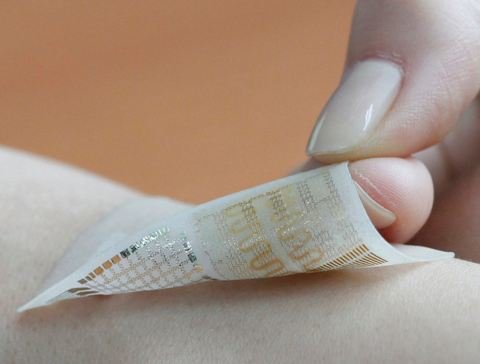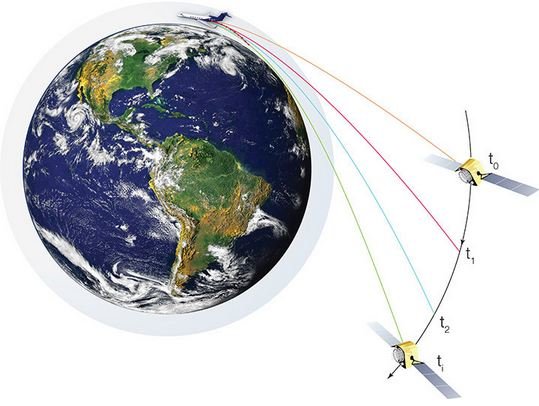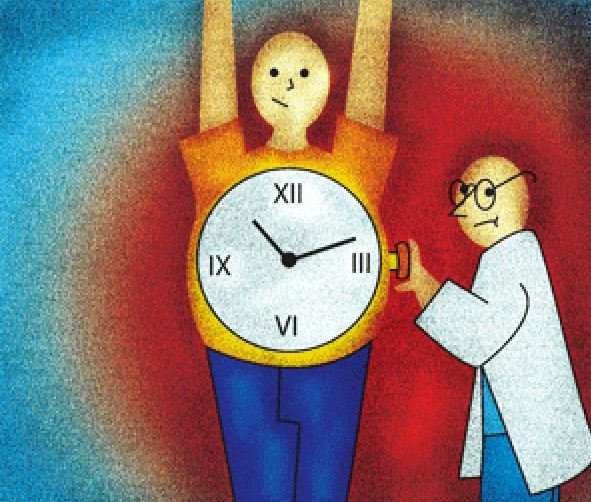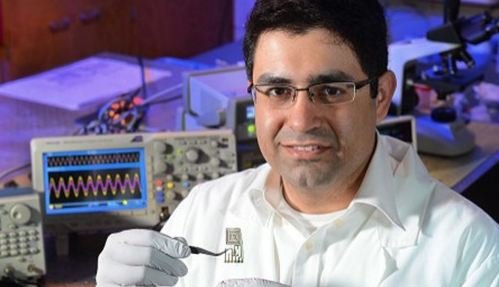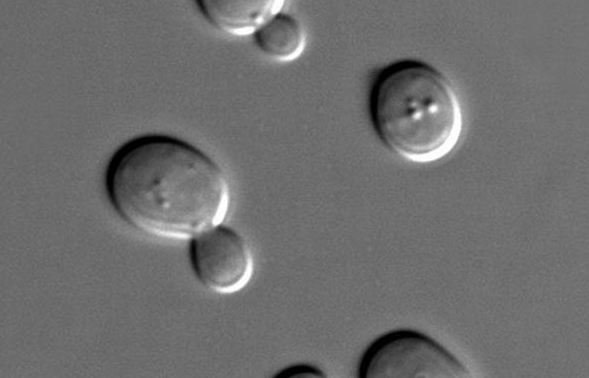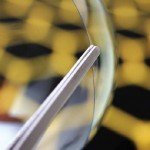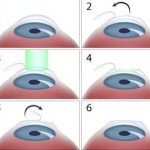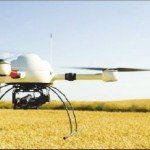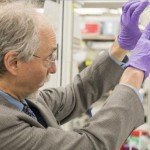10 Inventions That Will Change The Future
1. Smart medical patches
A medical patch could collect data on your health and deliver drugs into your skin over long periods of time. Scientists at Seoul National University, Republic of Korea, have developed some of the ‘nanomaterials’ for the patch. They include a motion sensor made of silicon nanomembranes, a memory of gold nanoparticles and silica nanoparticles loaded with drugs. Its developers hope that, in future, a patch could help medics better understand neurological disorders like heart failure, epilepsy and Parkinson’s disease.
2. Night vision contact lens
Would you like to give yourself night vision just by putting in a pair of contact lenses? That’s the promise of a light detector made of the ‘miracle material’ graphene that’s been developed at the University of Michigan. The device, which senses infrared radiation, is currently the size of a fingernail but could be scaled down and incorporated into a contact lens or a mobile phone.
3. Airborne GPS boosts
weather forecasts We have all found ourselves caught in a rain shower, cursing the forecaster who said it would be sunny. Now, a system developed by Scripps Institution of Oceanography in San Diego promises to improve weather models using GPS receivers on commercial aircraft. The system takes precise measurements at different altitudes in the atmosphere, and could be especially useful for gathering data in hurricane-prone regions.
4. Computer spots fake faces
A computer system at the University of Toronto has proven better at spotting faked expressions of pain than people. The simulated emotion is hard for humans to discern. After training they only had a 55 per cent success rate while the computer managed 85 per cent. The system could be used in airport security and the legal system, as well as for treating mental disorders.
5. Resetting the body clock
How your body clock reacts to changes in light and temperature is controlled by an enzyme called CK1epsilon. That’s the finding of scientists at the University of Manchester, and it could lead to ways of combating jet lag and minimising the sleep disruption caused by night shifts. CK1epsilon is a component of circadian clocks. In the study, mice that lacked the enzyme adjusted to a new light-dark environment much faster than normal.
6. Look on the cloudy side
The lack of sunny weather on our islands has always been one of the drawbacks of solar power as a reliable energy source. But now, the UK’s National Physical Laboratory has come up with organic photovoltaic cells that are more efficient than regular solar panels in cloudy conditions. The thin, flexible sheets of material could in future be made into clothing which could charge your phone and other gadgets.
7. Sniffing out fake reviews
While online shopping has boomed, so has the number of fake reviews – sometimes paid for by unscrupulous companies. Now there could be a way of detecting reviews that aren’t what they seem, thanks to Yan Sun at the University of Rhode Island. She developed a computer model that looks for an ordered pattern underlying ratings, indicating they might include fakes.
8. Transient materials
A led light, complete with wiring, has been made to dissolve in a drop of water. It’s the first step towards ‘transient materials’ that melt on command. Applications could include credit cards that self-destruct, non-polluting climate sensors or medical devices that melt away inside your body. A team at Iowa State University has designed transient electronic components including resistors and capacitors.
9. Greener paper
When wood pulp is processed, a component of the cell walls known as lignin must be removed, requiring chemicals and a lot of energy. But GM trees could produce more eco-friendly paper. Scientists at the University of British Columbia modified lignin to make it easier to break down, without weakening the tree as earlier efforts had.
10. Designer yeast
A yeast chromosome has been designed in a computer and successfully incorporated into living yeast. It’s the first synthesis of a eukaryotic chromosome – the structure that carries genes in the nucleus of plant and animal cells. The synthetic chromosome, one of 16 chromosomes in yeast, was engineered with new properties. In future, scientists hope to go further by developing synthetic yeasts that could manufacture rare medicines or produce more efficient biofuels. Around a third of yeast’s 6,000 genes are shared with humans. The research was led by Jef Boeke, director of NYU Langone Medical Center’s Institute for Systems Genetics.

